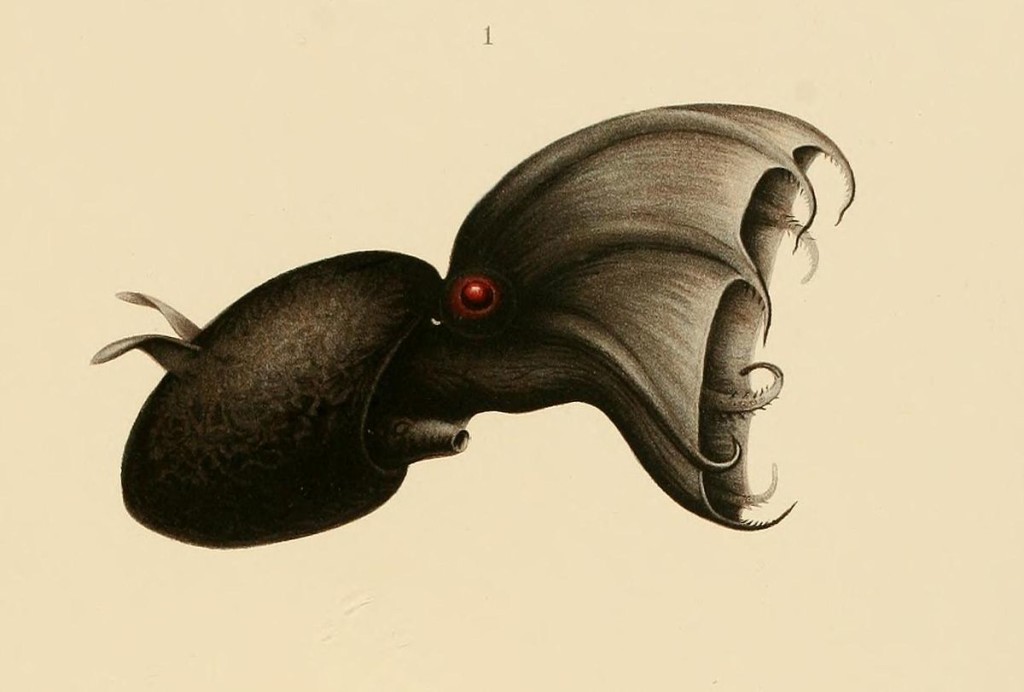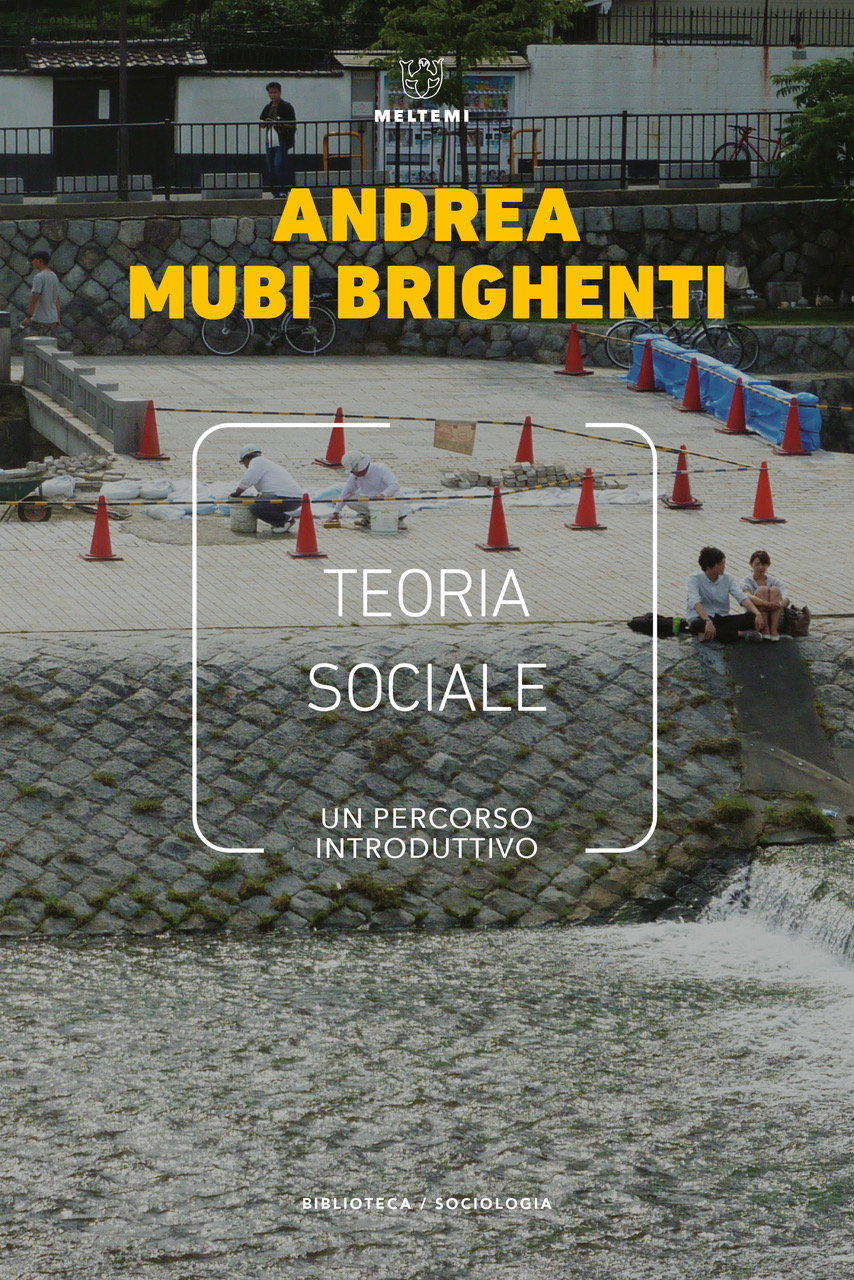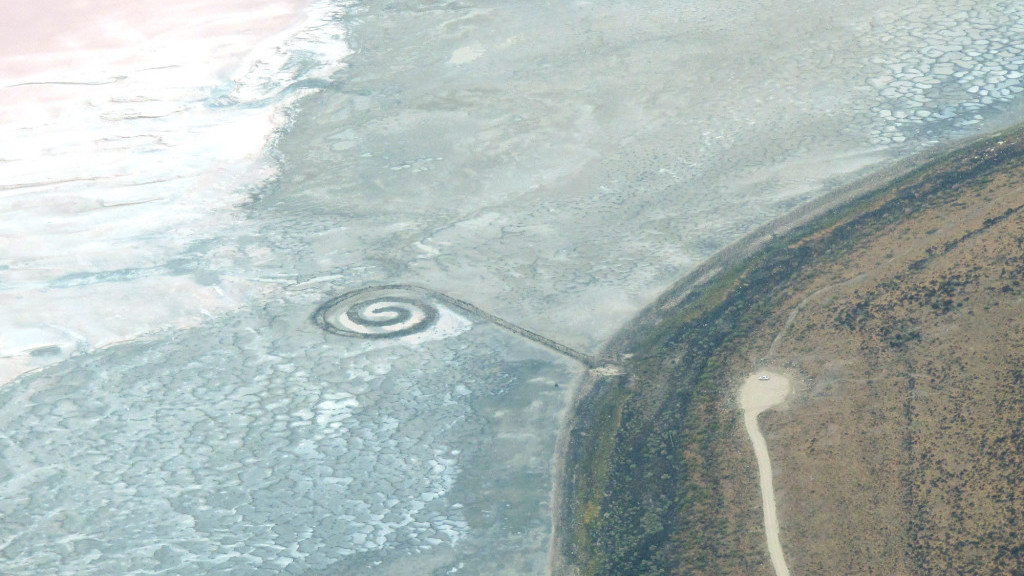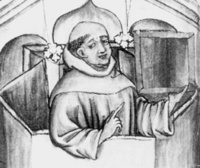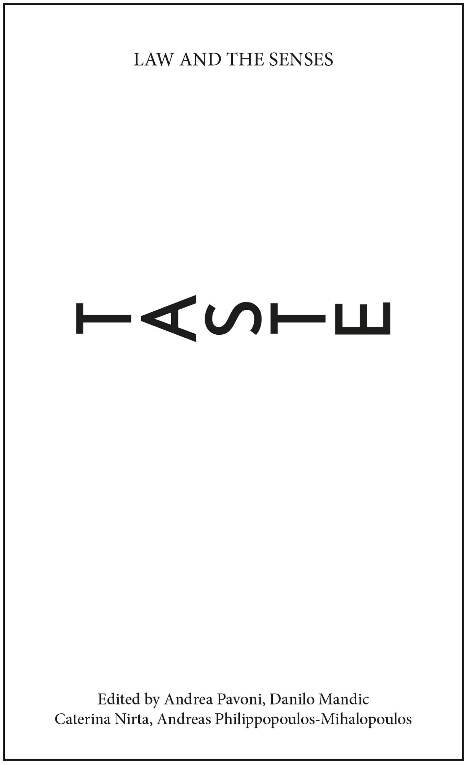Abstract. News concerning revelations or allegations of counterfeited identities and racial passing unmistakably stir strong feelings in the public. The domain of semblance is a domain of first impressions, certainly, yet these fulfils major cognitive needs and moral evaluations in social life. The article surveys the domain of semblance as a peculiar social interaction space endowed with its own logic, highlighting the entanglements of strategic and emotional, of rational and gratuitous, that contradistinguish it. To theorize adequately the domain of semblance, it is suggested, we need to proceed through at least three moves: first, focus on how semblance work exceeds rational and strategic behaviour; second, consider the intensive regimes associated with becoming-minority through the deployment of desire and emotions; third, besides acts of mimesis (imitation), also consider the existence of processes of méthexis (participation), whereby semblants coalesce not so much through copying a model but through joining environments.
Keywords: passing; faking; appearances; semblants; social epistemology; social interaction
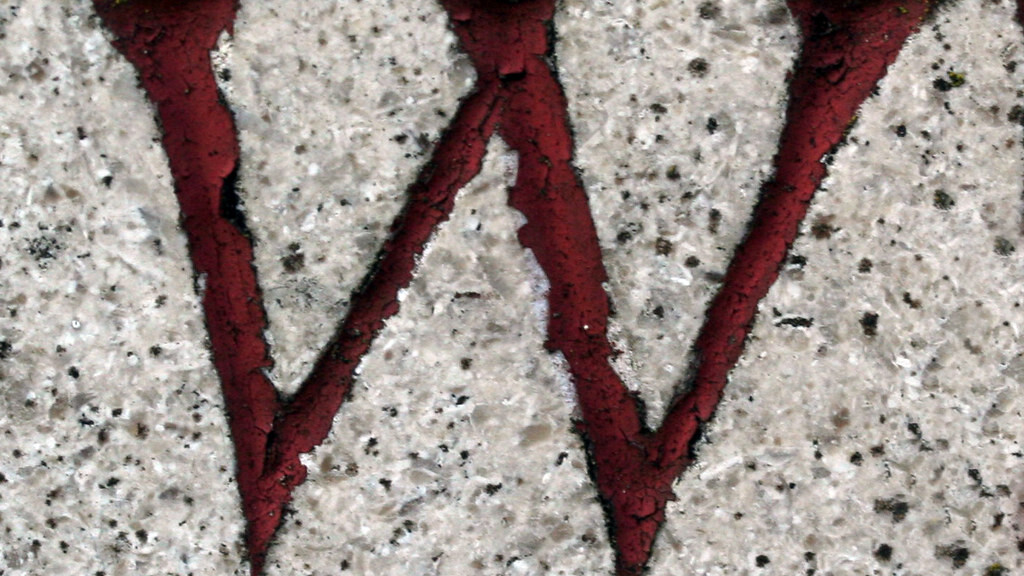
 Out now in
Out now in 
